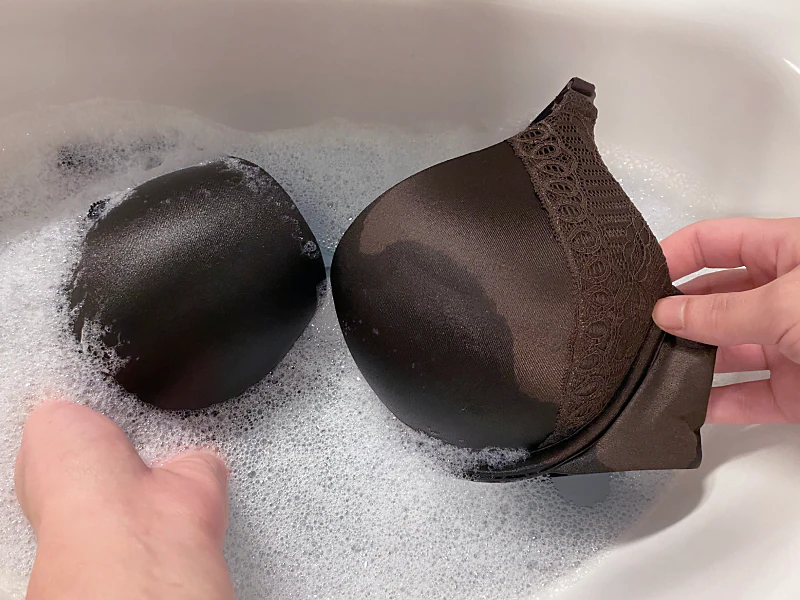Table of Contents
The Talcum Powder Lawsuit from Scratch: Hazards, Battles, and Settlements
Have you or anyone you know been diagnosed with ovarian cancer or mesothelioma? Do you think this may have been caused because of the use of talcum powder? Have you ever thought of looking for the ones legally responsible for this condition? Here is a quick guide to clarify what the talcum powder lawsuit is and who qualifies to file.
What is the talcum powder lawsuit?
The talcum powder lawsuit refers to some legal cases in which individuals, often those who have been diagnosed with specific health conditions such as ovarian cancer or mesothelioma, assert that their illnesses were caused by the use of talcum powder products. These lawsuits typically target talcum powder manufacturers, claiming that these companies failed to adequately warn consumers about the potential health risks associated with using their products, particularly in the context of personal hygiene, and are responsible for the consequences caused by the product.
The Main Hazard
The central argument in these lawsuits is that talcum powder, when used in certain ways, may present health hazards due to the presence of potentially harmful substances like asbestos or other factors.
Asbestos is a naturally occurring mineral that has been widely used in various industries for its unique properties. It’s composed of fine, fibrous crystals that are strong, durable, and resistant to heat, fire, and many chemicals.
However, prolonged exposure to asbestos can have severe health consequences. The tiny asbestos fibers, when released into the air and subsequently inhaled or ingested, can become embedded in the body’s tissues. Over time, this can lead to various health issues, particularly respiratory problems and certain types of cancer, most notably mesothelioma.
Due to these health risks, many countries have enacted regulations and restrictions on the use of asbestos in products and construction materials. The potential presence of asbestos in certain materials, including talcum powder in the past, has sparked concerns about its association with health problems, leading to legal cases and extensive discussions about product safety and corporate responsibility.
The Legal Battle
Plaintiffs assert that manufacturers should have taken more extensive precautions, provided clearer warnings, or even reformulated their products to eliminate any potential risks.
The talcum powder lawsuit controversy has gained significant attention due to the potential public health implications, the high-profile verdicts and settlements that have been reached in some cases, and the ongoing scientific debates about the actual connection between talcum powder use and the development of specific health conditions. The lawsuits highlight the intersection of consumer safety, product liability, and corporate responsibility in the cosmetics industry.
The plaintiff who qualifies for the talcum powder lawsuit should have documented health issues, evidence of talcum powder usage, a causation link, and proof to show that manufacturers were aware or should have been aware of the potential risks associated with talcum powder use and failed to provide adequate warnings. Meeting these criteria is essential for individuals to qualify for legal action in talcum powder-related cases.
The Settlements
After presenting all this evidence, plaintiffs and producers can face settlements, which typically consist of a negotiated agreement between the two parties involved. These settlements are reached outside of court and are intended to resolve the legal dispute without proceeding to a full trial. The specific terms of talcum powder lawsuit settlements can vary, but they commonly include the following components:
Financial Compensation: This compensation may cover medical expenses, pain and suffering, lost wages, and other damages related to the alleged health issues resulting from talcum powder use.
Agreed Upon Amount: The parties negotiate and agree upon a specific amount of money that may vary based on the strength of the evidence, the severity of injuries, the number of plaintiffs, and other relevant factors.
Release of Liability: In exchange for financial compensation, the plaintiffs typically agree to release the defendants from further legal liability related to the specific claims made in the lawsuit. This means that the plaintiffs cannot pursue additional legal action against the defendants for the same alleged harm.
No Admission of Fault: Settlements often include a clause stating that the defendants do not admit any wrongdoing or liability by agreeing to the settlement. This allows the defendants to avoid a formal admission of guilt.
Confidentiality: In some cases, settlements may include provisions that prevent the plaintiffs from discussing the details of the settlement publicly. This is especially common in cases involving corporations concerned about the impact on their public image.
It’s important to note that the terms of talcum powder lawsuit settlements can vary based on the specifics of each case, the talcum powder lawsuit criteria, the negotiation process, the number of plaintiffs involved, and the willingness of the defendants to reach an agreement. Settlements offer a way to resolve legal disputes efficiently, but the decision to accept a settlement or proceed to trial is ultimately up to the plaintiffs and their legal advisors.











